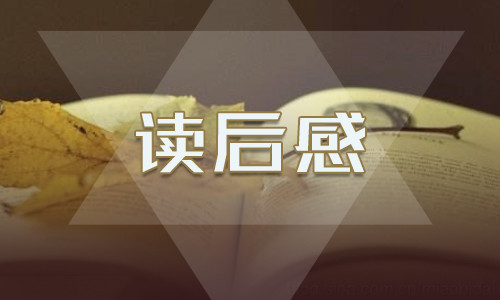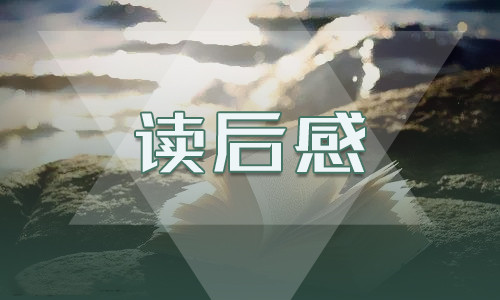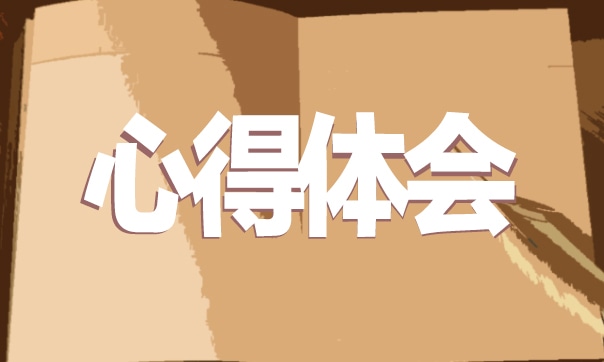Let’s Talk about Trade Policy and Trade Issues
MD, who else?
I Preliminary Knowledge
1 Tariff
(1) Specific Tariff(从量关税) Weight, quantity, volume
(2) Ad Valorem Tariff(从价关税) A percentage of the price (3) Compound Tariff(复合关税)
A mixture of specific tariff and ad valorem tariff
2 Non-tariff (1) Quota
(2) License(进口许可证)
General license and specific license; usually combined with quota, bidding (3) Custom Valuation (4) Technical Barriers (5) Environment issues
(6) GMO(Genetically Modified Organism,转基因生物)
3 VER & VIE
(1) VER(Voluntary Export Restriction) (2) VIE(Voluntary Import Expansion)
Aiming at trade balance, either domestic or foreign.
II GATT & Agreements
1 Historical Perspective of WTO
(1) Havana Charter (→GATT 1947)
a) Background: protectionism after WW II, Great Depression,
need to establish ITO (International Trade Organization); b) The charter is mainly about trade and commercial policies,
employment, economic activities, economic reconstruction, investment, restrictive business practice;
c) Failed to meet some countries’ interest, but much content
of Commercial policy survived in GATT 1947, provisional rather than legal;
(2) Marrakesh Agreements (establishing WTO)
a) The importance of Uruguay Round on Marrakesh Agreements
and the establishment of WTO;
b) Including Agreements about [trade in commodity, GATS,
TRIPs], DSU(Understanding on Rules and Procedures Governing the Settlement of Disputes), TPRM, PTA(
Plurilateral Trade Agreements);
c) Entered into force on 1 Jan. 1995, 128 GATT signatories; d) 160 members since 26 Jun. 2014
2 GATT 1947
(1) Basic Principles of WTO
a) Nondiscrimination(MFN, NT), Graduation Clause
b) Trade Liberalization(tariff, non-tariff, market access) c) Transparence d) Fair Competition (2) MFN clause---Article I
a) Most-Favored-Nation Treatment(MFN): any advantage, favor,
privilege or immunity granted by any contracting party to any product shall be accorded immediately and unconditionally to the like product of all other contracting parties;
b) Accord the basic principles, nondiscrimination, promote
trade liberalization as it’s Multilateral;
c) Exceptions: GSP, FTA, Anti-dumping. safety issues, etc. d) China’s benefits: double-edged sword; (3) National Treatment---Article III
a) National Treatment on Internal Taxation and Regulation:
the contracting parties should treat imported products and domestic products equally in terms of internal taxes and/or other internal charges, laws, regulations, and requirements;
b) Exceptions: government procurement, domestic subsidies,
etc.
c) Preference Policy and NT: depending on different
industries;
(4) Anti-dumping---Article VI
a) Dumping: products of one country are exported to another
country at a price less than the normal value, and is causes or threatens material injury to the importer’s industry;
b) “normal value” is defined by the comparable price, in
the ordinary course of trade, for the like product for consumption in the exporting country; or if domestic price not available: the highest comparable price for the like product exported to a third country, or the cost of the product plus a reasonable additional for selling and profit;





